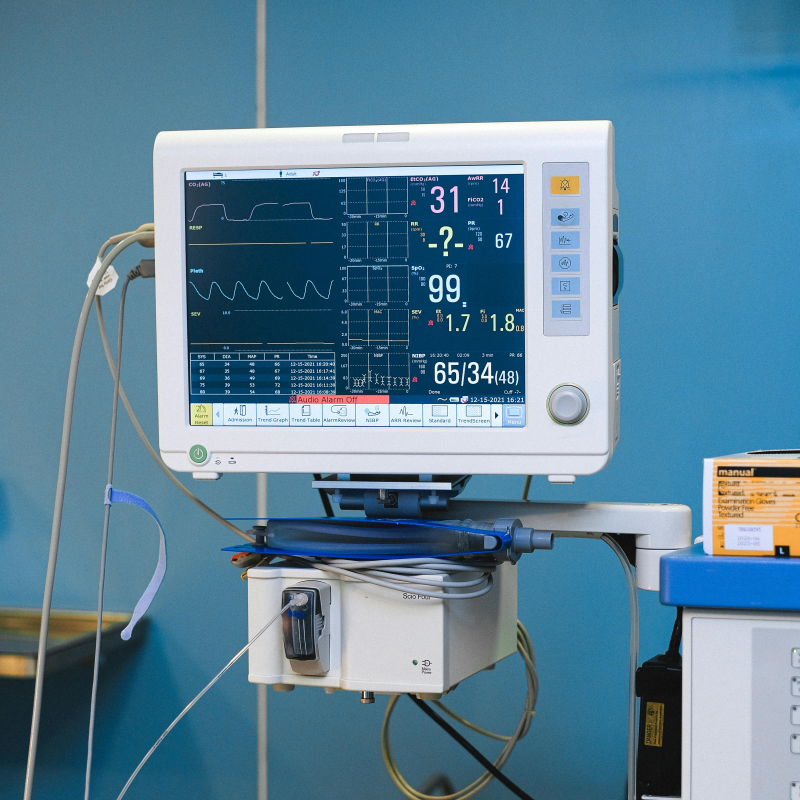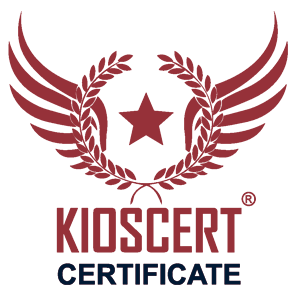
Quality System Requirement for Medical Devices
For all organizations operating in the medical device sector, having a quality management system is no longer just a choice but a legal requirement. The ISO 13485 standard is a globally recognized quality management system designed specifically for organizations related to healthcare products. It ensures that production processes are carried out in a safe, traceable manner with patient health as a priority.
The quality system mandated by ISO 13485 guarantees quality at every step from raw material to final product, and from production to shipment. Especially for high-risk products like medical devices, elements such as traceability, sterilization, calibration, and product recall procedures are secured through the systematic structure required by the standard.
Important Note
ISO 13485 may apply not only to manufacturers but also to suppliers, distributors, and subcontracted service providers.
Legal Compliance Advantage with ISO 13485
The ISO 13485 standard is designed in alignment with many international legal frameworks, such as European Union directives related to medical devices (e.g., MDR 2017/745) and FDA regulations. Therefore, possessing this certificate not only improves your internal processes but also removes legal obstacles you may face when exporting products abroad.
Regulatory authorities like MDR and FDA require manufacturers to ensure full traceability in both design and production processes. ISO 13485 meets this need by encouraging complete implementation of technical file preparation, clinical evaluation processes, risk analysis, and validation procedures. Thus, not only the quality but also the legal validity of your products is strengthened.
Risk Management and Traceability Requirements
The ISO 13485 standard mandates the control of all potential risks in the production and use processes of medical devices. Manufacturers are expected to not only ensure quality but also proactively identify and manage all risks that could threaten patient safety. Risk management is applied through a proactive approach covering all stages from product design to post-market use.
Traceability refers to documenting all stages in the production process of a product. This is critically important during potential recalls or audits. ISO 13485 requires complete documentation of the entire chain—from batch numbers to components used, from tests conducted to end-users. This system fulfills regulatory requirements and enhances brand trust.
Why is it Important?
In a system where risks are not analyzed and traceability is not ensured, patient safety is directly jeopardized. This situation creates serious ethical and legal responsibilities.
Technical File Preparation and Clinical Evaluation
Organizations seeking ISO 13485 certification must prepare a detailed technical file for each medical device they produce. The technical file contains all information from product design features to intended use, production processes, and test results. It should also include documents supporting product safety, such as validation reports, sterilization methods, and packaging tests.
Clinical evaluation is the analysis of scientific data proving the product is safe and effective. This process can be supported by comparisons with similar products, literature reviews, and, when necessary, clinical studies. Regulations like MDR have made this evaluation mandatory. Audits by internationally recognized organizations require the complete presentation of technical files and clinical data to successfully complete the certification process.
ISO 13485 Certification Process
Organizations seeking ISO 13485 certification must first restructure their existing quality management systems to meet medical device-specific requirements. The first step is a thorough internal audit covering the organizational structure, production conditions, quality control procedures, and product safety. This phase is critical for identifying and addressing potential gaps.
The next step involves an on-site audit by an accredited certification body. Both documentation and implementation processes are examined meticulously during the audit. Once all criteria are met, the ISO 13485 certificate is issued. Independent certification bodies like KIOSCERT, recognized internationally, provide significant advantages in terms of certificate validity.
Step-by-Step Process
- Internal audit and preparation assessment
- Documentation and technical file review
- On-site audit and process observation
- Compliance report and certificate issuance
MDR and FDA Compliant Infrastructure Setup
The criteria set by the European Union Medical Device Regulation (MDR) and the U.S. Food and Drug Administration (FDA) focus not only on product quality but also on process safety. Therefore, ISO 13485 provides an ideal foundation for building an infrastructure compliant with the requirements of these two regulatory authorities. Structuring your processes according to MDR and FDA shortens market entry time and increases product acceptance.
MDR places great importance on clinical evaluation processes and post-market surveillance (PMS) systems, while FDA emphasizes compliance with Good Manufacturing Practices (GMP) in production facilities. ISO 13485 offers a detailed quality system that integrates the expectations of both frameworks. This structure enables companies to meet global regulations with flexibility using a single standard.
